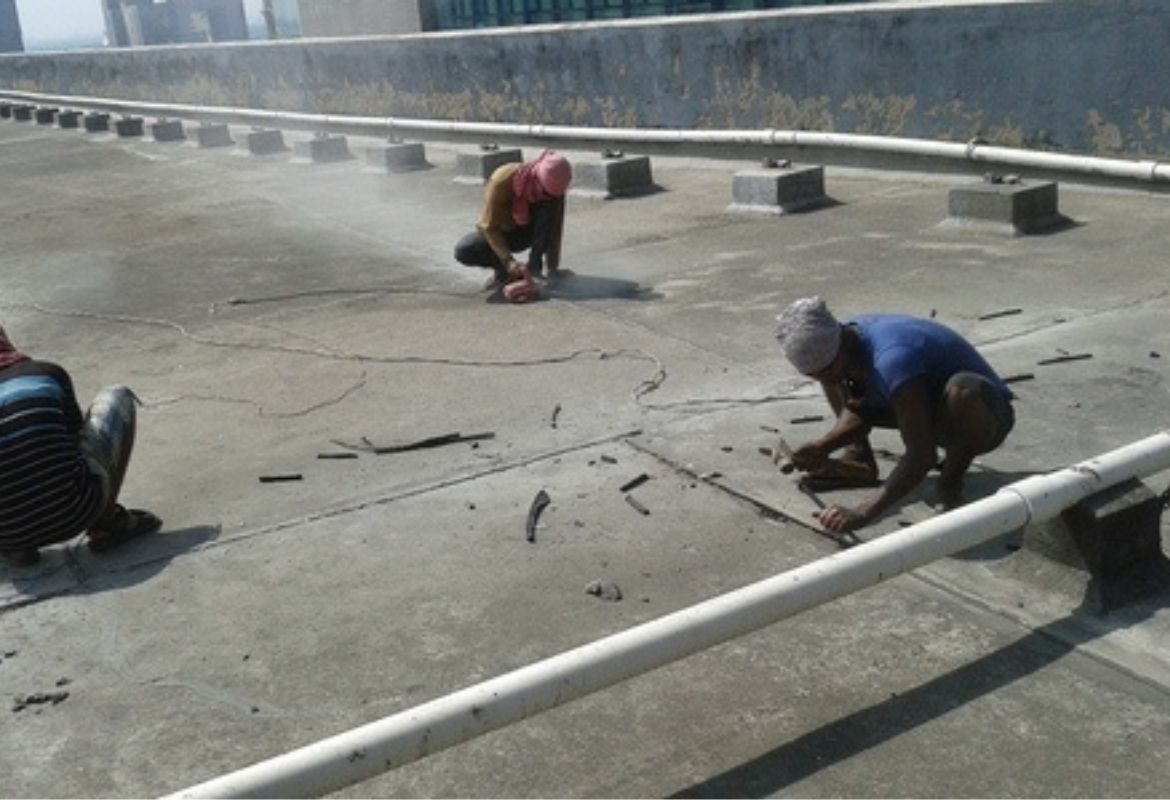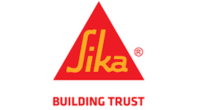Waterproofing Services

Building Expansion Joint Waterproofing Contractors
Building Expansion Joint Waterproofing All kinds of expansion joints with various applications as per the site requirements such as Silicone, Polysulphide, Polyurethane, Acrylic sealants, and painted surfaces for joint sealing and joint filling of buildings. During the installation of Building expansion joints, the coefficient of thermal expansion over large spans of concrete can be managed. In addition to being able to withstand the movement of the building, waterproofing materials must also resist aging. In turn, this weakens the bond to the concrete and results in the system failing.
Here is the right solution for Expansion joints of buildings.
The Best Way To Repair Expansion Joints
1. Repairing expansion joints in concrete can be done in two ways. Depending on the condition of the joint, there are several ways to repair them.
2. An expansion joint that has been damaged
3. The expansion joint is deteriorating if it has cracks and spall marks on its top. Here is how to repair them, regardless of whether they are caused by high traffic on the surface, water, or age:/p>
4. The first step is to clean out the expansion joint. Make sure it is clean and free of debris, dust, and any other chemicals or materials that could interfere with the adhesion of the repair material./p>
5. Cover the entire expansion joint with the Crack Repair Kit, including the damaged areas.
6. After it has cured, re-cut your expansion joints to make them about 3 inches deep./p>
7. nstall a backer rod and then dispense the Joint Filler over the backer rod./p>
Normal expansion joints
As long as the top of the expansion joint is fine, you can simply repair it
You can simply repair an expansion joint that doesn't have a crack on its top (if the bottom has a crack,
It is first necessary to clean the expansion joint. Ensure it is free of debris, dust, and any other chemicals or materials that could interfere with the adhesive's adhesion.
Frequently Asked Questions
A1: It's a process to seal joints in structures, preventing water infiltration. Common methods include using sealants or membranes.
A2: Waterproofing safeguards structures from water damage, extending their lifespan and preventing issues like mold or deterioration.
A3: Clean the joint, apply primer, insert backer rod, and seal with a waterproofing material like silicone or polyurethane sealant.
A4: Regular maintenance is crucial. Check for signs of wear or damage annually and reapply waterproofing as needed to ensure continued protection.






